Windows can play a huge role in a home's exterior, so deciding on and type of windows you want can be a big deal. Casement windows are growing in popularity and tend to stand out due to their horizontal hinged frame. But how big can these windows be? And what shapes do they come in? We have looked into casement windows to provide you with answers.
Casement windows can come in a variety of sizes, and you'll find that most are either rectangular or square. There really isn't a standard size. However, there are common sizes that may be more popular than others. For example, typical casement windows start at about 7 inches but can go up to 41 inches or more. Common dimensions include the following:
- 7 inches x 1 foot
- 1 foot x 2 feet
- 2 feet x 2 feet
- 2 feet x 3 feet
- 4 feet x 4 feet
Casement windows are designed to open from the side and are perfect for areas of the house that require more ventilation, like a bathroom or a kitchen. You'll need to get accurate measurements for your window openings to find the right size casement windows for your home. Continue reading to learn more about the benefits of these windows and more about their sizes and shapes.
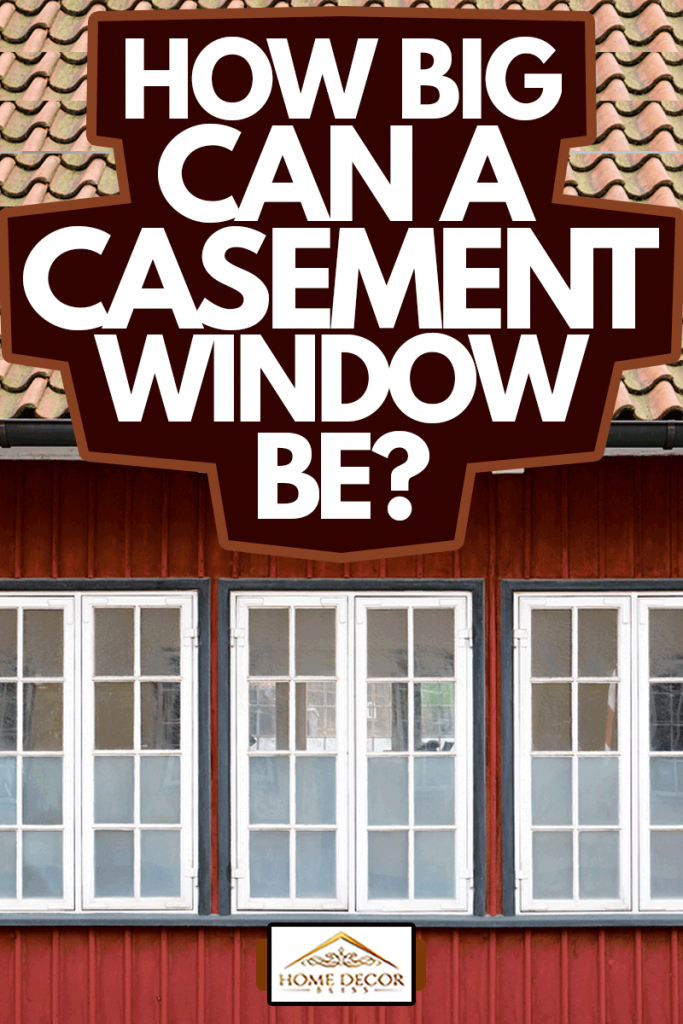
Casement Window Sizing
Just as with any other type of window, casement windows come with a ton of advantages. Not only are these windows perfect for energy efficiency but they also have insulation advantages.
Keep in mind that these windows are designed to open directly from the side and work best in areas that require a bit more ventilation, such as kitchens, bathrooms, or living/dining rooms, but they can go in any room in your home, similar to a regular window.
We sometimes add affiliate links and content that was curated and created by our team with the help of advanced ai tools to help showcase the best design styles.
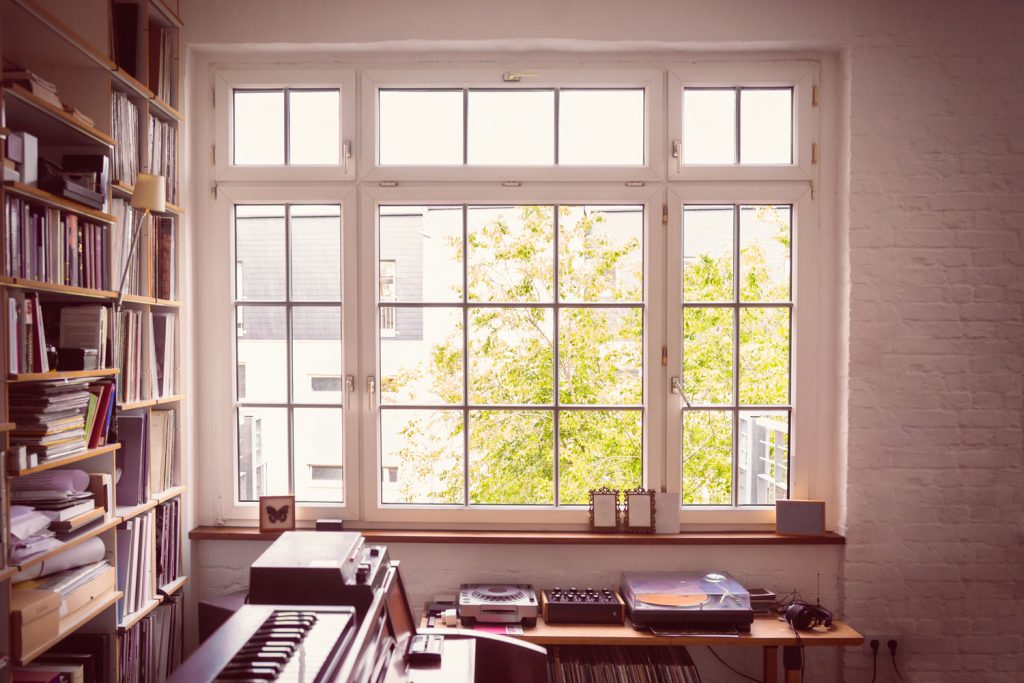
Before you can find the right size casement window for your house, it's essential to first get an accurate measurement of the window space. Here's how to do it:
Measure the height and width of the window space past the trim and window sash stop. Take note that you'll need to measure the total size of the space for the window, including the frame.
Also, consider the exterior of your home and adjoining walls. Remember that these windows will open up to a 90-degree angle, so it's best not to place them in areas where there are tight, sharp corners if you want to be able to open them completely.
Types of Casement Window Frames
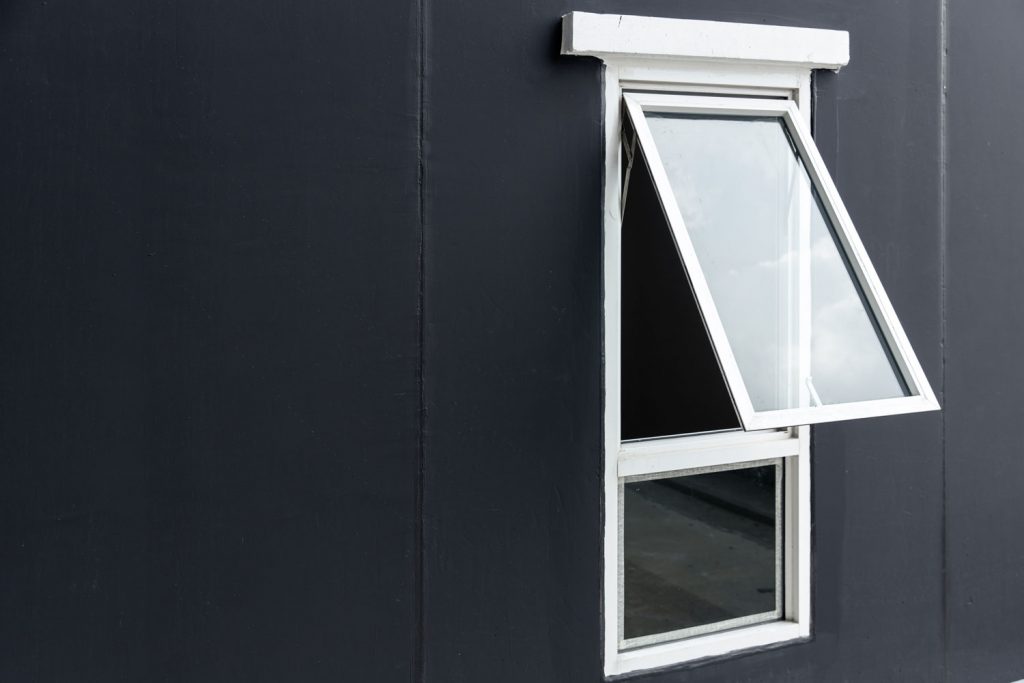
Single Frame
This is the most common type of casement window, as it is fairly simple to install and measure for. Small wood strips often separate this single-frame window, and it can be mounted inward or outward.
French-style frame
Also known as double-frames, this casement window style comes with two window frames that are hinged on both sides. This allows you to open the windows towards the right and the left, allowing for more convenience. The window assembly is located in the middle of the frame, and these windows tend to cost a bit more to install.
Push-out casement frame
Push-out casement windows use a handle to open, not a crank. Instead of a single-window opening to the left or the right, these windows come in pairs and push out toward one another, similar to French doors.
You may not see these models as often, but they have a few advantages. Not only are they safer due to their multi-point lock system but they provide even better air ventilation. These windows are also much easier to clean.
What are the advantages of casement windows?
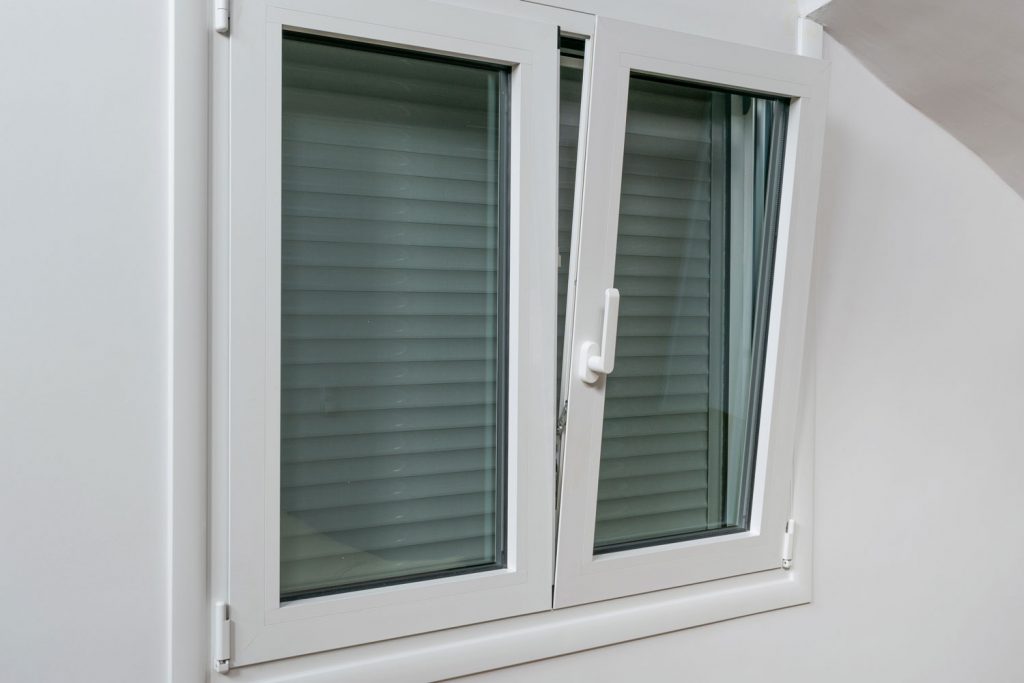
Casement windows are a great option for your home, whether it's small or large. Let's look at a few reasons why.
They provide superior ventilation
The biggest advantage of having casement windows is that they allow for a greater amount of air circulation in your home. If you have a room that requires more ventilation, such as a bathroom, kitchen, basement, or attic, casement windows will work wonderfully.
They can keep your home fresh by allowing dust, odors, moisture, and other pollutants to escape. You can also choose casement window options that open farther than a 90-degree angle for even more ventilation.
They're pretty easy to maintain
Since casement windows open from the side, you can easily reach through the opening to inspect or clean them more easily than one that slides up. This often prevents you from having to go to the exterior of the home to maintain the window.
The crank also makes it easy to open and close the window (and you don't have to worry about it getting stuck) day-to-day, which can be especially beneficial for elderly people or those with disabilities.
They offer impressive energy efficiency
Another great benefit of casement windows is their awesome energy efficiency. The locking mechanism on the windows helps secure them in three places on the frame. If you have issues with energy efficiency in your home, casement windows may be a great solution.
And if you want to increase the energy performance of your windows, you can always add extra insulation and weather stripping.
Look for National Fenestration Rating Council (NFRC) ratings such as U-factor or an Energy Start label to determine if your casement window has sufficient energy ratings.
Find this weatherstripping tape on Amazon.
They can be less expensive
Installing or replacing current windows can get costly, especially if you have several windows in your home.
The great thing about replacing casement window parts is that you typically only need to replace the actual casing around the glass pane or the window sash itself—not the actual glass pane. If you are looking for a cost-effective way to upgrade your windows, here it is.
They can be harder to break into
Casement windows are also more difficult to break into than traditional slide-up windows. Being that you can't access the window from the exterior, the only option is to simply break the glass pane to gain access to a home.
However, even this can be fairly difficult, as you will need to reach past the broken glass to access the crank and turn the handle. Many homeowners even opt to remove the crank completely to prevent access from potential intruders.
They offer interesting design choices
Casement windows can also give your home a more open and modern appearance. Not only can you stack them together for a traditional look but you can create a contemporary layout by mix-matching different window sizes for your larger rooms. Options are endless with casement windows, as there are many ways to customize them and fit into any room.
What are the drawbacks of casement windows?
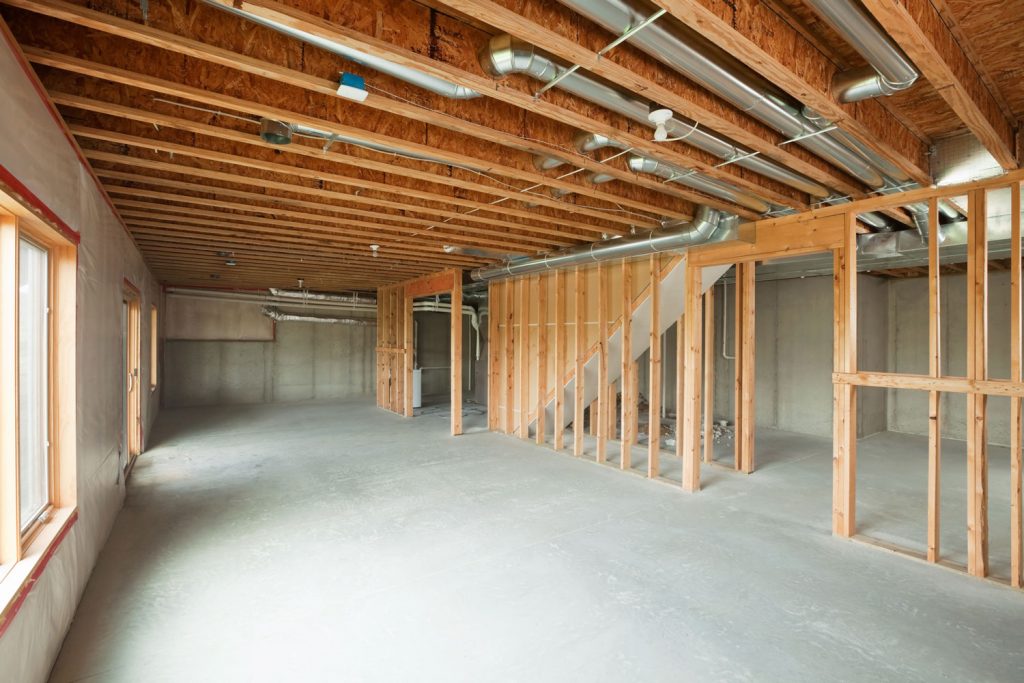
Though casement windows have several advantages, they also come with a list of drawbacks. Let's look at a few.
Can't install a window A/C unit
You won't be able to install a window air conditioning unit directly into casement windows due to its sash and crank. So if you live in a home that doesn't have an upgraded HVAC system with vent ducts, this can be challenging.
Hard to install screens
Also, it can be a bit challenging to install storm windows or screens on casement windows, as they will need to be attached directly to the window as opposed to the frame. This can cause the installation cost for the windows to increase slightly.
Can casement windows have screens?
Casement windows can have window screens, though it may cost more to install them due to the way that the windows open. Attaching a screen to the window can also make it more difficult to clean the windows, but it is possible. Often, the screen is placed on the inside of the window instead of the outside.
Limited standard sizes
Though casement windows are increasing in popularity and are available in various sizes, they may still have limited size options in comparison to standard slide-up windows.
The reason is that the sash for the window has to be light enough to support the frame. Otherwise, the window won't open. Sometimes you may need to go directly to a window company to have customized windows.
Why are casement windows so popular?
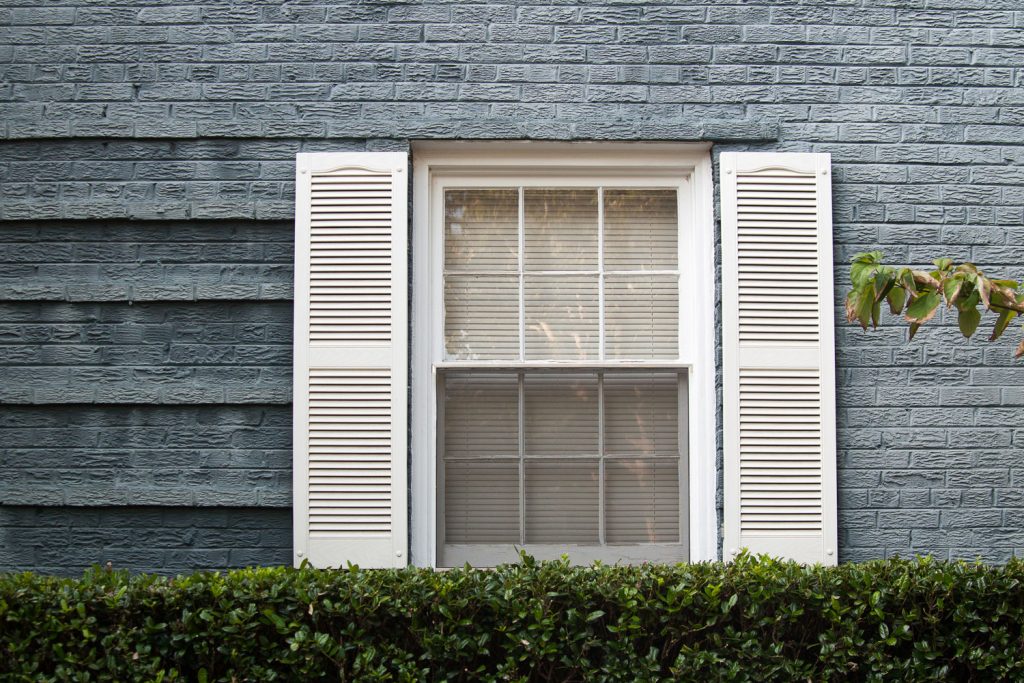
The main reasons casement windows are popular are that they are easy to operate, they are efficient, and they provide excellent ventilation. These windows don't require much effort to open, and they can help regulate the temperature in your home due to their airtight seal.
Wrapping Things Up
We hope this post has helped explain how casement windows are sized, their advantages, and a few of their drawbacks. Remember, casement windows can be advantageous to have if you're looking to keep your home more open or increase its ventilation.
However, if you don't have a vented HVAC system, you may want to consider this before installing them.
Before you go, be sure to check out these other posts:

